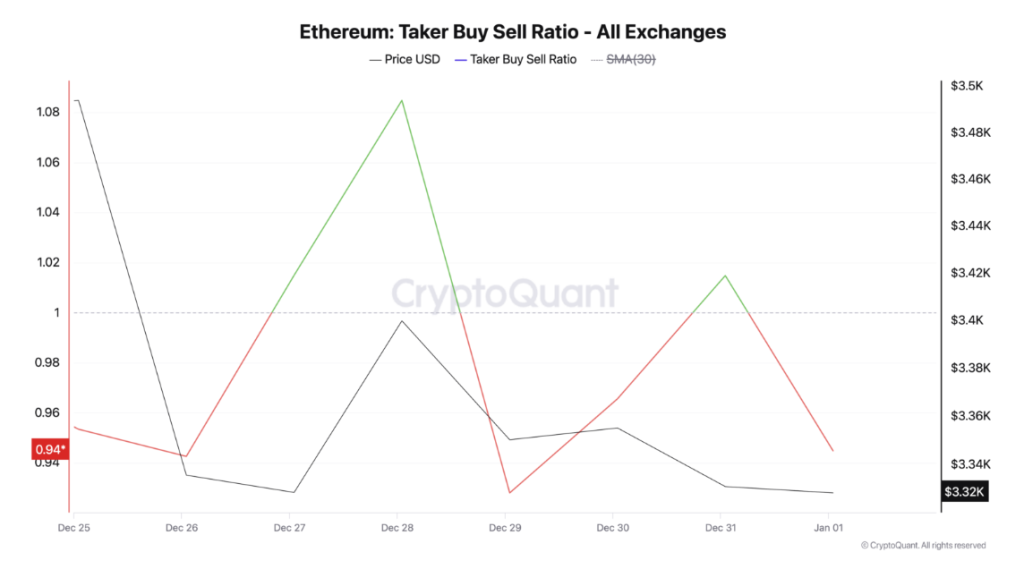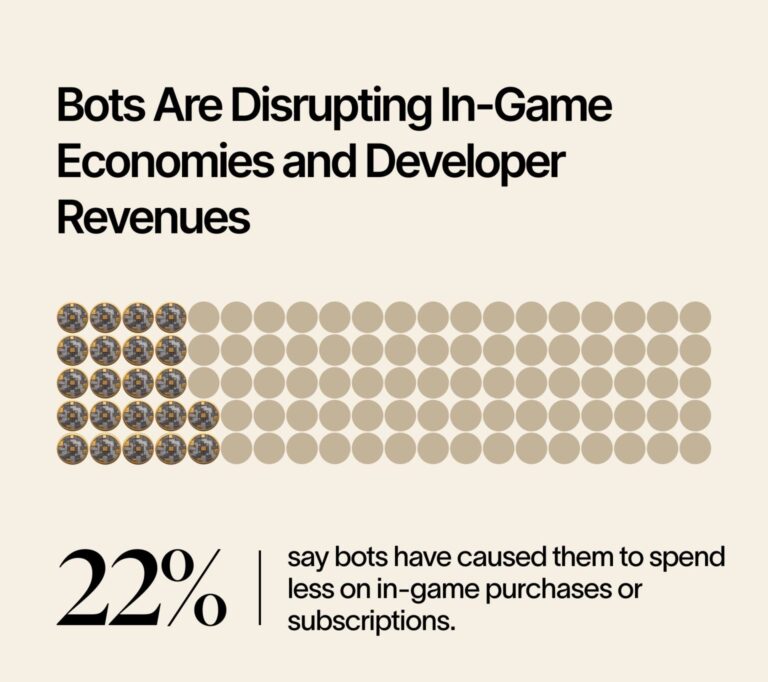Last updated:
 Why Trust Cryptonews
Why Trust Cryptonews
Ad Disclosure
We believe in full transparency with our readers. Some of our content includes affiliate links, and we may earn a commission through these partnerships. Read more

A handful of on-chain metrics indicate that the native asset of the Ethereum network, Ether, may be poised to retreat to pre-November levels.
The crypto analytics firm IntoTheBlock explained in a recent note that the past seven days have seen a significant drop of 73.2% in whales netflow.
This is a metric that tracks the activity and capital inflows and outflows of wallet addresses holding 0.1% of ETH’s total circulating supply (over $400 million based on today’s market cap).
When large holders start to dump an asset that they have held for a while, this typically precedes a dramatic drop in its price. In the case of ETH, the latest drop that started in December 16 could be exacerbated and may push its price below the psychological support area of $3,000 per token.
In addition, data from CryptoQuant indicated that the Taker-Buy-Sell ratio for ETH in the past week currently stands at 0.94.

This metric shows which side is experiencing the most pressure. If the ratio is above 1, it indicates that buyers are dominating the price action. Meanwhile, if the coefficient is lower than 1, it means that sales volumes are higher.
Last year, Ether ($ETH) delivered gains of 45.9% to investors. Despite this positive performance, the network has been struggling to compete with nascent smart contract platforms that have proven to be more efficient like Solana ($SOL) and more recently Sui ($SUI).
In the case of Solana, its market capitalization is still less than a quarter of Ethereum. However, the rise of meme coins and the network’s ability to keep up with the significant transaction volume that these tokens have brought its way are a testimony of its robust architecture.
Ether ($ETH) Drops After Double-Top Pattern Unfolds
The price of Ether ($ETH) experienced a significant retreat since December 16 following the confirmation of a double-top formation. This bearish pattern typically indicates tfor hat buyers were reluctant to buy the asset above a certain price – in this case, $4,100 per coin.
When a double-top occurs, the asset now has a robust ceiling to overcome and it takes significant buying pressure for the price to climb above this level. As a result, Ether (ETH) may trade below $4,100 for a while unless a meaningful development manages to increase buyers’ interest in this cryptocurrency at some point.

The latest decline is revealing two critical areas of support for $ETH at $3,100 and $3,000. A break below these levels could result in significant weakness for this crypto asset and may push it to pre-November levels.
At a point when the network is struggling to stay competitive, a break below $3,000 could signal that whales are jumping off the ship and favoring new projects like Solana, Sui, or Avalanche.
The Relative Strength Index (RSI) shows a bearish divergence that accompanied the double-top formation. Unless buyers push the price above $4,100 at some point in the next few weeks, this technical setup has probably marked the beginning of a bearish cycle for $ETH in the short term.
This Meme Coin is Pioneering a New Movement Called to Vote-to-Earn (V2E)
The presale event of a new meme coin called Flockerz is attracting a lot of eyes as this project is introducing an interesting mechanism called the vote-to-earn (V2E) that could be adopted by many other tokens in this growing segment of the crypto market.
With V2E, token holders receive rewards for engaging and participating in all major decisions concerning the project.
This creates a deeper sense of belonging that results in stronger communities.
The Flockerz presale has already raised $8.49 million from investors in less than two weeks, highlighting the appeal of its value proposition.
Each $FLOCK holder will have a say on the project’s future and will be compensated for casting their votes.
In addition, they will earn attractive staking rewards that currently sit at 323%. Investors who have bought $FLOCK already have already staked 557,724 million tokens.
These rewards will be progressively disbursed within the next two years and the total supply of the token will increase at a rhythm of 684.93 $FLOCK per every new ETH block.
Early buyers can fetch as many $FLOCK tokens as they want for $0.00658 each – an advantageous discounted price that positions them to reap the highest returns once the token is marketed massively and listed on exchanges.
To invest in $FLOCK, simply visit the Flockerz website and connect your wallet. You can either convert USDT and ETH tokens for $FLOCK or use a bank card to complete the purchase.
Disclaimer: Crypto is a high-risk asset class. This article is provided for informational purposes and does not constitute investment advice. You could lose all of your capital.





















